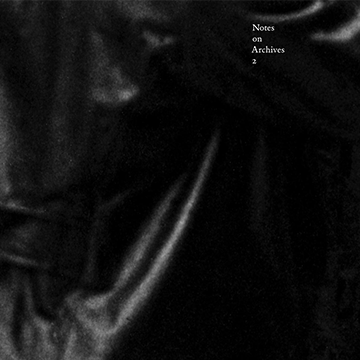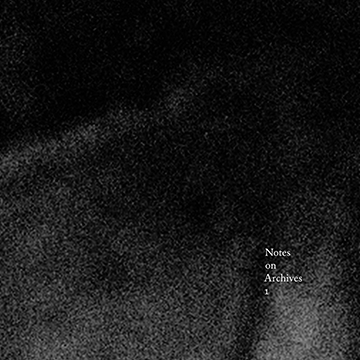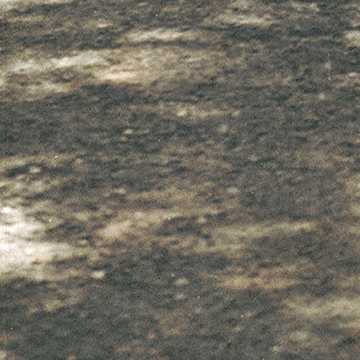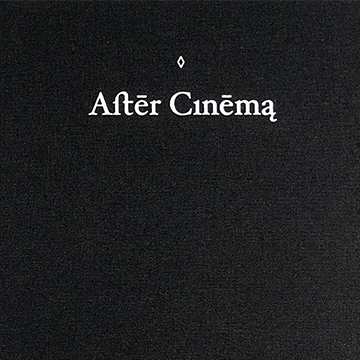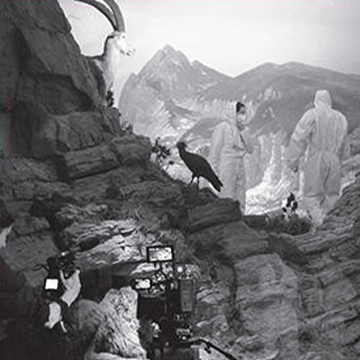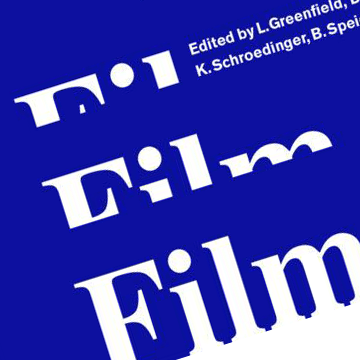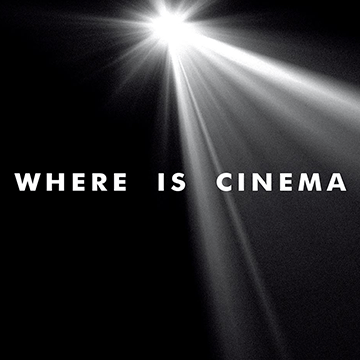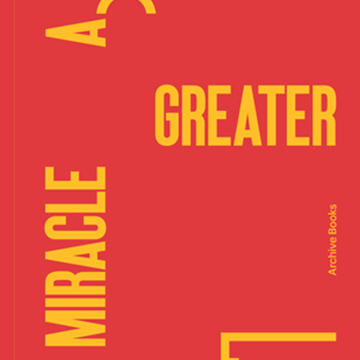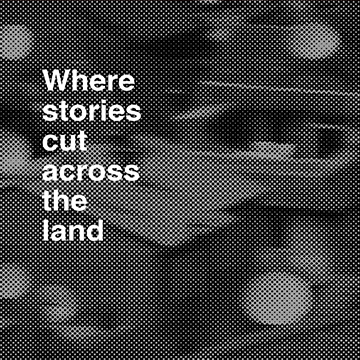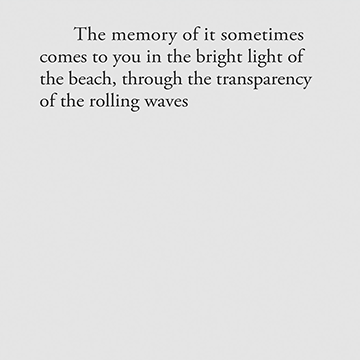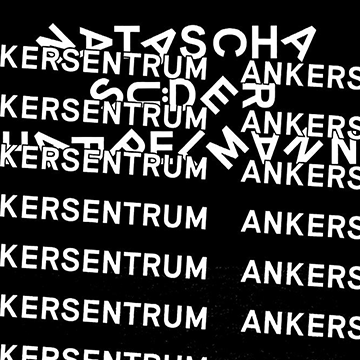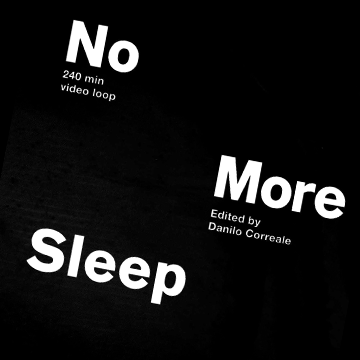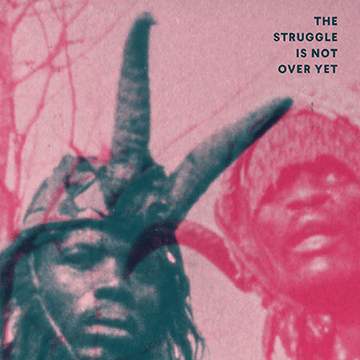Culture Is Our Business considers the case of Willy Römer, who in 1919 took a photograph of the street battles in the media district of Berlin during the German Revolution. Circulating widely throughout the twentieth century, Römer’s photograph in 2004 came to be owned simultaneously by a number of archives. Among them were the commercial stock-image agency Corbis, founded by Bill Gates, and the Agentur für Bilder zur Zeitgeschichte (Agency for images on contemporary history), an independent organization established by photo historian Diethart Kerbs.
Category: Titles
Notes on Archives 1
Obtuse, Flitting By, and in Spite of All—Image Archives in practice starts with the assumption that an archive today is not only a place of storage but also a place of production, where our relation to the past is materialized and where our present writes itself into the future. This book explores the difficulties for documentary and artistic practice in and with the archive, and revolves around four key questions: What is the relation between an image and language? What is an author or an owner of an image? What is missing in the archive? And what is an active archive?
Notes on Archives 3
In digital data banks, images travel more frequently from one archive to another than they did in analog archives. Sometimes images that are in the public domain are taken by commercial stock-image agencies and offered for sale. This is the case for a series of images of breaker boys in Pennsylvania that Lewis Hine made in the 1910s as part of his series on child labor. The images are both digitally available for free from the Library of Congress in Washington, D.C., and for a fee from Corbis, Bill Gates’s stock-image company, which offered them for sale until it ceased operations in 2016.
Notes on Archives 5
Unnamed Series features a succession of artworks provoked by photographs that art historian Aby Warburg had taken as part of his travels to the Hopi Indians in 1898. Warburg noted that the images should never be published, but in the 1990s, the Warburg Institute in London made the images available as part of a glossy hardcover book. The book circulates around a series of aspects that this famous encounter evokes.
Azin Feizabadi. After Cinema
This book marks the ten-year anniversary of the project A Collective Memory by Azin Feizabadi. The project encompasses five narrative-driven films, alongside other artworks. Each film has its own urgency, approach, and point of departure. The films naturally vary in their subjects, they touch upon stories of migration, uprising, transformation, revolution, renewal, collapse, defeat, depression, and desire that connect the life of the artist with those around him.
Assaf Gruber. The Storyseller
Assaf Gruber’s films examine how art affects individuals who are not necessarily drawn to it. What may seem to be at the margins of culture sometimes turns out to be its most conspicuous parts. The films’ plots emerge from the situations of their characters, addressing the ways in which personal stories become intertwined with political ideologies, and how social relations between private and public spheres are shaped.
Film in the Present Tense
This book brings together contributions from participants and guests of Film in the Present Tense – International Symposium on Current Developments in Analog Film Culture, held in Berlin. It reflects a contemporary discussion around the use, value and purpose of analogue film from a multiplicity of perspectives: artists, filmmakers, scholars, archivists, curators, technicians and manufacturers. Film in the Present Tense intends to provide a documentation of the collective momentum that characterized the symposium and it responds to the persistent desire to keep talking about analogue film.
Where is Cinema?
The book is compiled of portraits of film initiatives from around the world, interwoven with conversations with adventurers who have rebooted movie theatres or built them up from the ground, in the hope that it can be an inspiring compendium for future cinema builders, filmmakers, film curators and film lovers.
A Greater Miracle of Perception
A Greater Miracle of Perception explores how miracle making – making the impossible possible – is reflected in artistic practices today. The publication accompanies the exhibition by The Miracle Workers Collective at the Finnish Alvar Aalto Pavilion in the framework of the 58th International Art Exhibition – La Biennale di Venezia.
’68NOW
This book is to be published fifty years after the events of ’68. The focus of the symposium, as is clear from the title, is concerned with both the discontinuities and the continuities between ’68 and our present situation, examined in a series of lectures organised by Vasyl Cherepanyn from the Visual Culture Research Center and with a contribution from tranzit.cz, in Kyiv.
Where stories cut across the land
This is not an artist’s book about borders. Rather, it is an artist’s book about overcoming the influence of politics on the land within the borders of unrecognized or semi-recognized states. It is a document of the fragmented symptoms of the “Bosnian pot” character of governance, in which all components simultaneously complement and eliminate each other.
Encircling the Image of Trauma
This book tiptoes between aesthetics and ethics; it proposes to rethink trauma in its necessity as well as impossibility to be represented and understood.
The traumatic experience of violence marks social orders and imbues history. How does it reach beyond distress and pain? This collection of works interrogates alternative narratives: The traces of trauma may also comprise a subversive potential, which withdraws from the hold of power and instead makes room for a sense of history's vulnerability.
Ankersentrum (surviving in the ruinous ruin)
Natascha Süder Happelmann deals with what could be called ruinous spaces. Spaces that have created conditions or facts that are irreversible or irreparable. Natascha Süder Happelmann is of the opinion that some spaces are already ruins at the time of their creation. Their ruinous character is often already inherent in the idea behind them. It is precisely these spaces that Natascha Süder Happelmann seeks out in her quest for the unstable formations of possibility and survival. Throught her collaborative practice Natascha Süder Happelmann’s reassesses the conditions and spaces for artistic action and activates aesthetic research in political and social contexts.
No More Sleep No More
Night-space and sleep, despite the recent media attention, remain rather uncharted territories in the landscape of human life, and continue to generate intriguing theories and propositions both in medical and social sciences. No More Sleep No More neither poses nor answers questions about sleep, but rather aims to reframe sleep and wakefulness into the framework of chronopolitics together with aspect of our lives absorbed under the neoliberal condition.
Luta ca caba inda
An archive of film and studio material in Bissau. On the verge of complete ruin, the footage testifies to the birth of Guinean cinema as part of the decolonising vision of Amílcar Cabral, the liberation leader who was assassinated in 1973. In collaboration with the Guinean filmmakers Sana na N’Hada and Flora Gomes, as well as many allies, Filipa César imagines a journey where in this fragile matter from the past operates as a visionary prism of shrapnel, with which to look through. Digitised in Berlin and screened at various locations – in what would come to resemble a transnational itinerant cinema – the archive convokes debates, storytelling and forecasts. From their screening in isolated villages in Guinea-Bissau to European capitals, the silent reels are now a place from which people might search for antidotes to a world in crisis.
The Struggle Is Not Over Yet
A conference, hosted by the International Center for the Arts José de Guimarães, borrowed its title from an unfinished film stored in an archive in Bissau. 'Luta ca caba inda' (The struggle is not over yet) was conceived as a documentary film on post-independence Guinea-Bissau, but was abandoned in the editing process in 1980. The archive testifies to a decade of collective and internationally connected cinema praxis in the country, as part of the people’s struggle for independence from Portuguese colonialism.
